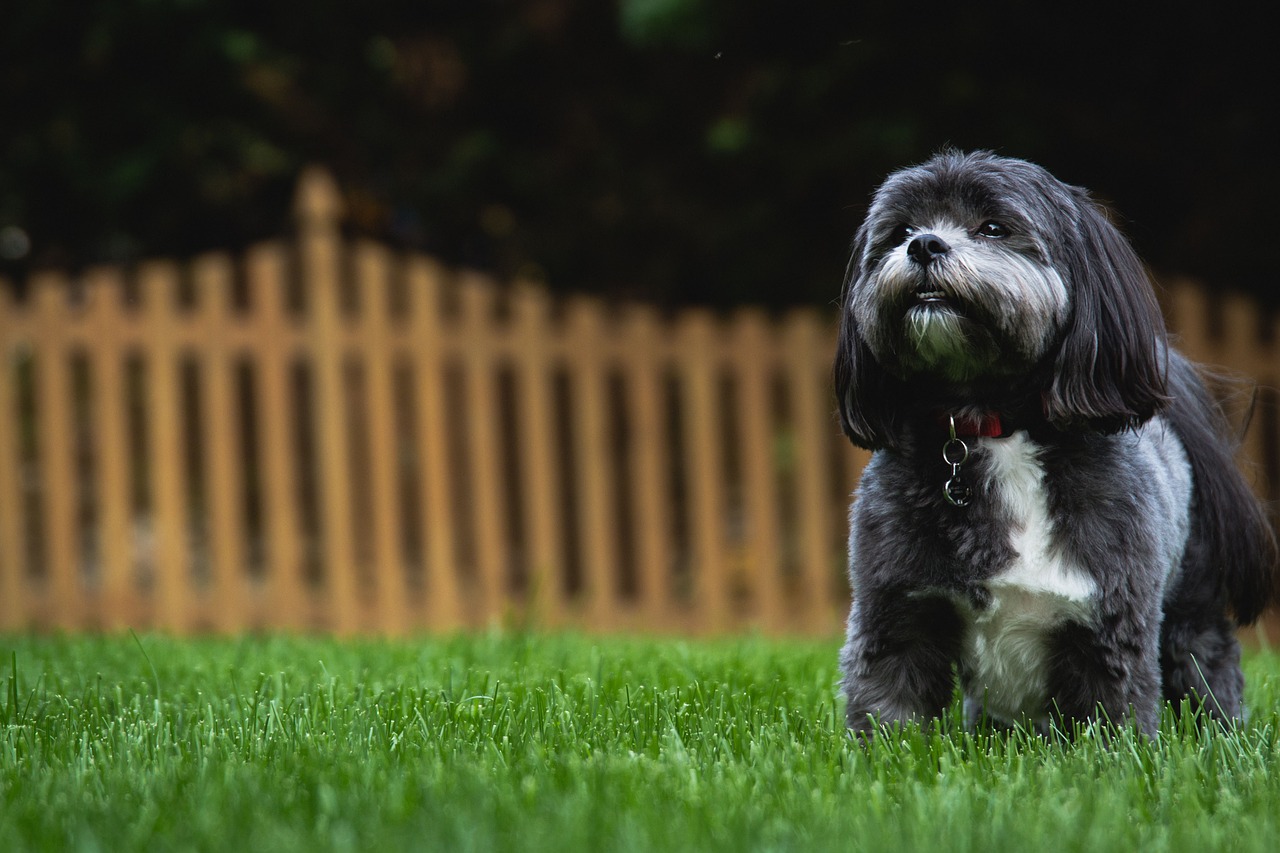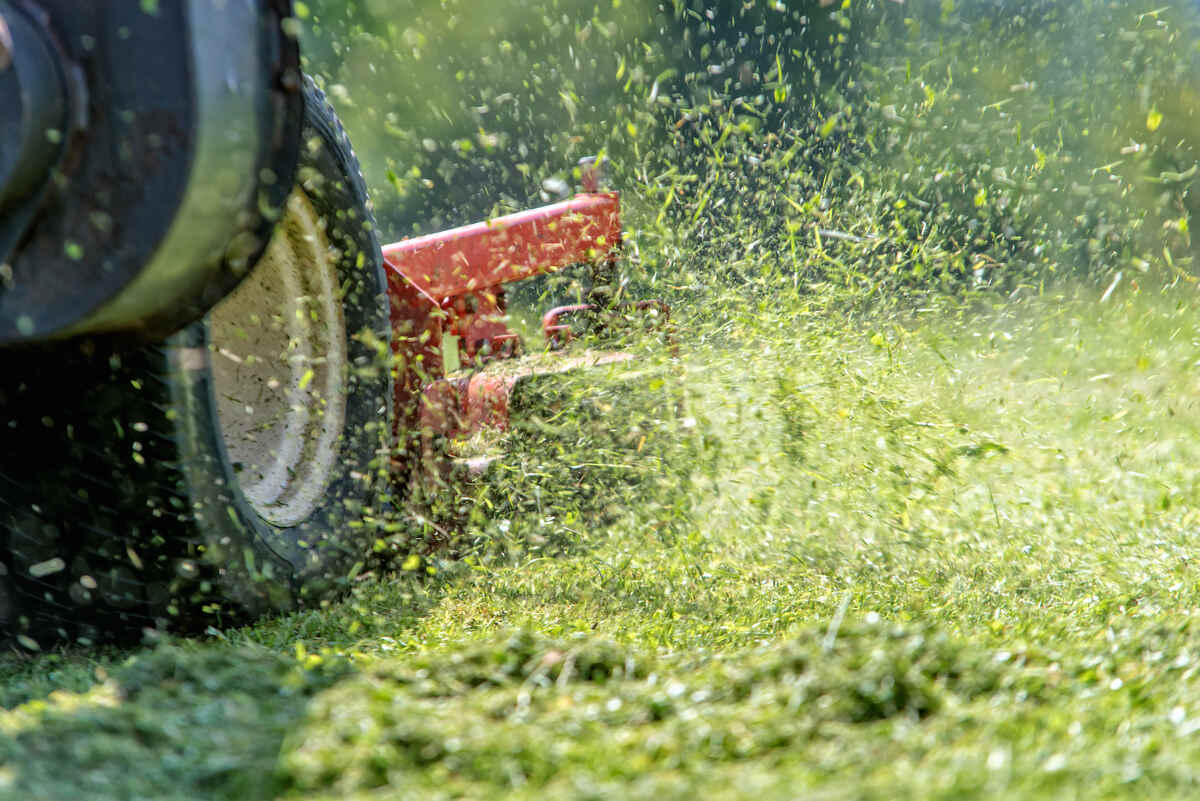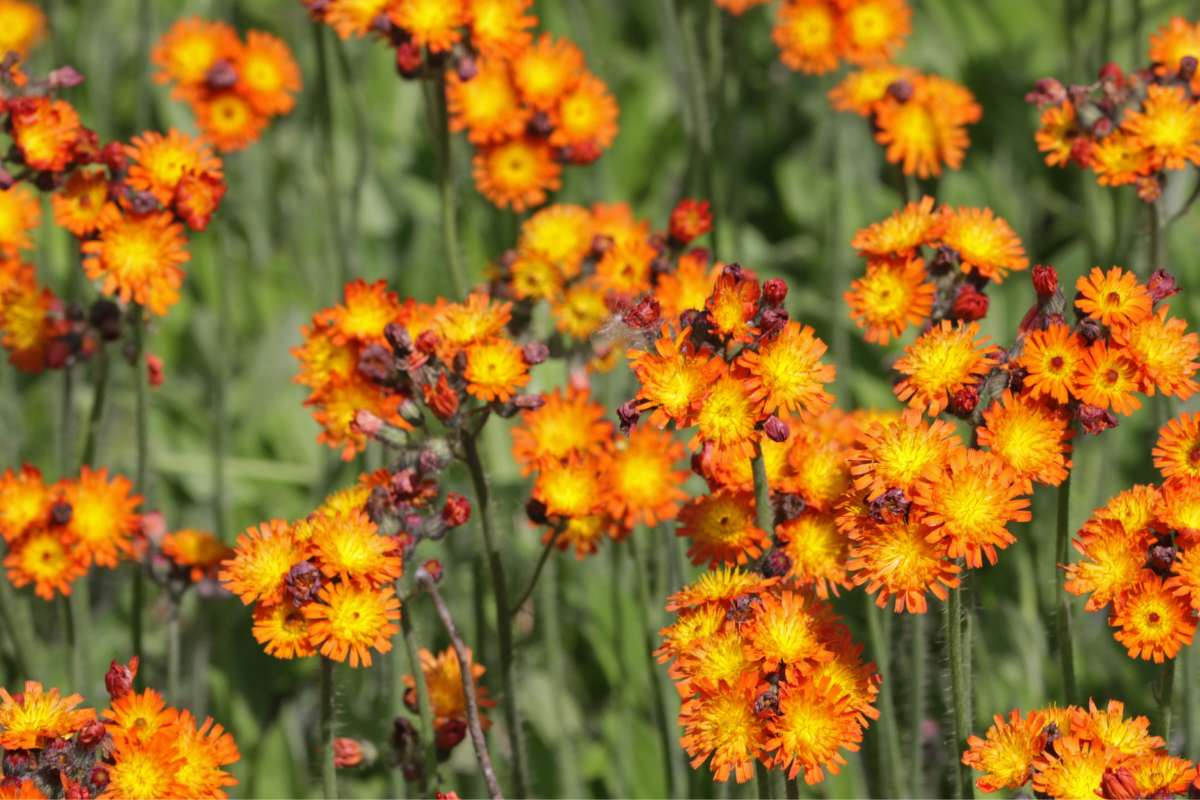
Your pets love playing and exploring outside just like you and your family.
“They are eager to please us and get so excited to play outdoors. But we don’t often think about the dangers out there for them,” says Christine New, veterinarian and emergency care director at Hillside Veterinary Clinic in Dallas. “It’s our responsibility to keep them safe, just like with our children.”
Injuries, illnesses and other health problems can occur to animals with the obvious such as lawn care chemicals and the not-so-known culprits such as mulch or poisonous plants. Many hazards — even blooming flowers — can wreak havoc and make an innocent playtime unsafe and sometimes fatal.
The list of lawn dangers for pets remains large. But here are 10 for pet owners to begin to understand and fix some problems to help keep their furry friends safe:
1. Pools and ponds
Water can be one of the biggest dangers, New says. Pet owners don’t always perceive these everyday attractions as a threat to their pets. Dogs and cats can fall in or not be able to swim. She suggests to not letting your pets outside by themselves. If you have a young healthy dog, you can teach them how to get out of the pool. Installing a pool security system can give peace of mind to make pets safe and children.
2. Mulch
Most mulches are pet safe. However, cocoa mulch, made from the shells or hulls of cocoa beans, can poison pets and cause tremors, seizures, diarrhea and more, says Caryl Wolff. She is a certified dog trainer and behavior consultants, and author of 10 books on pets including “Doggie Dangers and Safety Tips: Preventing Accidents In and Around Your Home and Yard.”
3. Fire pits
Any kind of fire can release toxic chemicals and sparking ashes. Wolff explains that animals can inhale those toxins or decide to catch the flames in their mouths and burn it. Keep them away from anything burning.
4. Barbecues
Pets love the smell of meat cooking and might jump on that smoking charcoal grill. They can knock it over or grab very hot meat from it and burn their mouths or paws, Wolff adds. They also might try to lick the grill when it is smoldering hot.
5. The garden
Those beautiful veggies or the bright fuchsia azaleas growing in your backyard get rave reviews from friends and family. However, they can be poisonous to cats and dogs. Pet Poison Helpline offers a complete poison list of plants and vegetables at Pet Poison Helpline. Rover.com has also put together a great list. You might be surprised by some of the items on the list, including onions (mildly toxic to dogs and cats) and tomatoes (the ripened fruit is OK, but the green parts of the plant contain the toxin solanine). Putting a fence around your garden can keep animals out.
6. Lawn treatments
“It’s summertime. People want to be outside. So, they clean up their yards with pesticides to get rid of ants and bugs,” New says. Toxic chemicals and lawn pesticides are all toxic to dogs. Some are more serious. Snail bait and rat poisoning are some of the culprits she has seen make pets very ill or die. Make sure the lawn chemicals are out of reach for everyone. To keep your cat and dog safe, let the proper amount of time to pass before they are allowed on the treated area of the green lawn. The U.S. Environmental Protection Agency offers an online pesticide database that allows you to look up toxins.
7. Sunshine and heat
If a pool or patio surface is too hot for you, it’s too hot for animals, New says. Dog owners don’t often realize how scorched their pets’ pads can get just running around the pool while the family plays. You can get boots for the dog or limit the time they are out running. Their paws can get raw or even begin to bleed. Animals also can suffer heatstroke, New adds. Keep them cool inside in treacherous heat.
8. Fences

Any kind of fence is great to keep your pets inside and predators outside. However, don’t push any furniture, grill or garbage can up against it, Wolff explains. If your dog sees or hears a critter on the other side, they could use it as a launchpad to get over to the other side.
9. Sunscreen Ingredients
Putting sunscreen on our bodies protects us from the sun’s rays. However, pets find the taste of sunscreen irresistible, according to the American Society for the Prevention of Cruelty to Animals (ASPCA). Pets can have gastrointestinal irritation after swallowing human sunscreen. Dogs also like chewing on the tubes the lotion comes in. That can be a concern if they swallow it.
10. Bone meal
This organic lawn fertilizer may smell and taste good which entices dogs to eat it. It can cause vomiting, diarrhea or pancreatitis — life-threatening inflammation of the pancreas, Wolff says. You need to take the animal immediately to your vet for possible treatment.
As a veterinarian, New has witnessed such heartbreak with her clients, who need her help for a family pet who is sick, hurt or near death because of something they encountered in the backyard. She’s treated pets that have been poisoned from plants, suffered heatstroke or came back from a near-drowning.
“Some of the cases are so sad. You just always have to keep a close eye on your pets outside no matter what the situation is,” New says.




